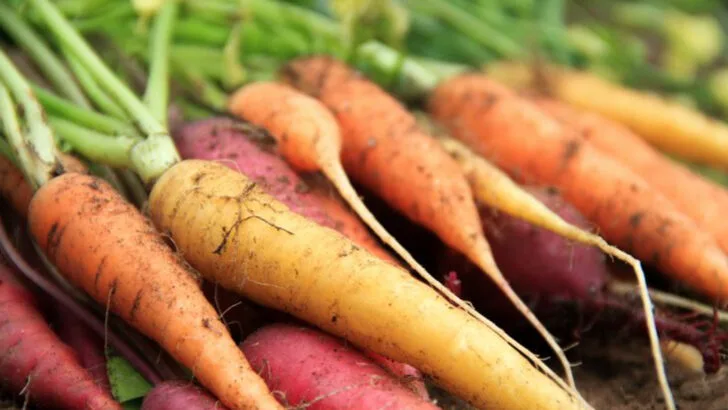Before modern hospitals, before antibiotics, and long before prescription pads, early American settlers turned to one thing for healing: plants. Whether it was a fever, a wound, or something much more mysterious, colonists relied on herbal knowledge passed down through generations—or learned firsthand from Native tribes who had long understood the power of the natural world. In those early days, a well-tended herb garden could mean the difference between survival and tragedy. And surprisingly, many of those same remedies still grow in backyards, balconies, and wild meadows today.
Some of these medicinal plants were carried across the Atlantic in satchels and seed packets, treasured for their soothing, antiseptic, or immune-boosting properties. Others were indigenous to the Americas, generously shared by Indigenous healers who had centuries of wisdom about their preparation and use. From the cooling leaves of peppermint to the powerful bark of willow, settlers created salves, tonics, and brews using the plants they trusted more than any doctor.
Today, as more people seek natural alternatives to support health and wellness, these time-tested herbs and roots are making a comeback. Whether you’re a gardener, a history buff, or just someone who’s herbal-curious, this list of 20 powerful plants gives a glimpse into how early Americans cared for their bodies—without modern medicine. You may even find a few worth planting yourself.
Pumpkin
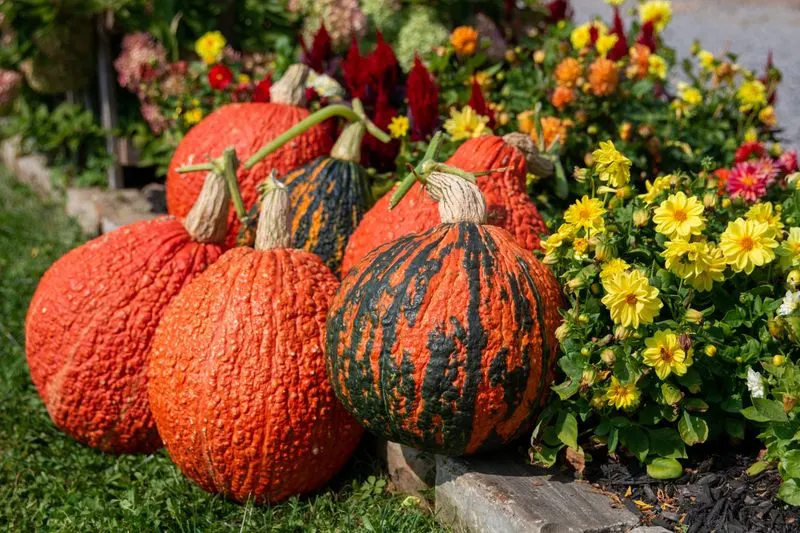
Known for its robust presence, the pumpkin was more than just a festive decoration. Colonial settlers relied on this versatile squash for its nutritional value. Packed with vitamins and fiber, pumpkins were a staple in soups and stews. Their seeds provided a crunchy snack, while the flesh was perfect for pies. Did you know? Native Americans introduced pumpkins to the settlers, showcasing their adaptability in various dishes. This plant’s hearty nature made it a garden favorite, ensuring food security throughout harsh winters.
Corn
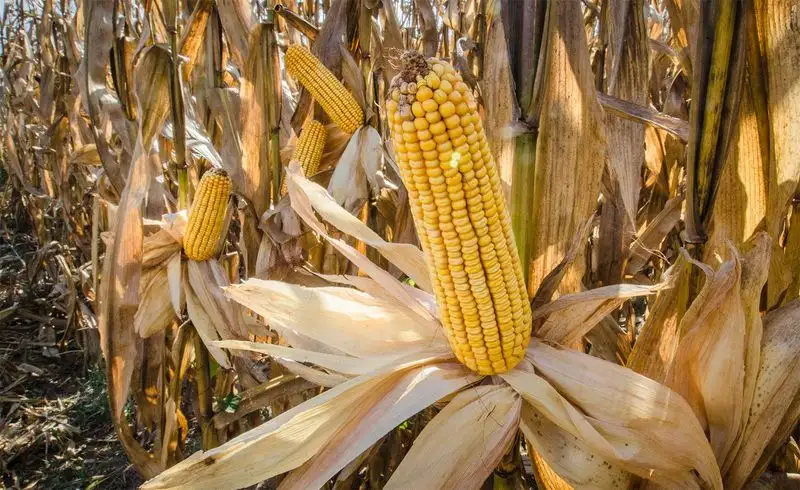
Corn, or maize, was the true backbone of colonial agriculture. This crop held immense cultural and practical significance, serving as a vital food source. Colonists learned cultivation techniques from Native Americans, leading to bountiful harvests. Its versatility allowed it to be ground into meal, boiled, or roasted. Corn was not just food; it was a symbol of survival and cooperation. In the colonial garden, it stood as a testament to the blending of cultures and shared knowledge.
Beans

Beans were the unsung heroes of the colonial diet, offering protein and sustenance in times of scarcity. Often grown alongside corn in a symbiotic relationship known as the “Three Sisters” planting method. This technique improved soil fertility and maximized yield. Beans came in various types, each adding a unique texture and flavor to dishes. From kidney to lima, they were dried for storage, ensuring year-round availability. A true testament to their resilience and importance in the colonial era.
Squash
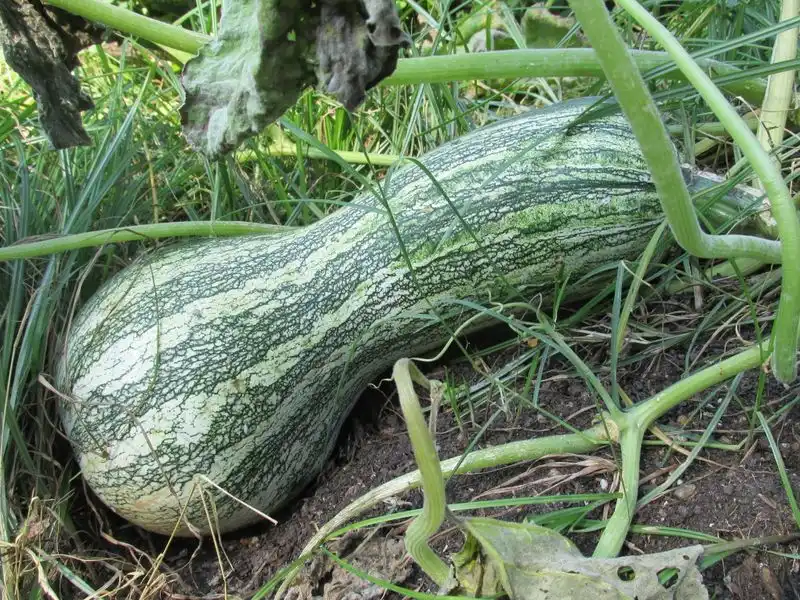
Squash added diversity to the colonial table, with its many forms and flavors. A versatile plant, it thrived in different climates and soils. Squash was not only a food source but also served as a natural pest deterrent when planted among other crops. Its seeds were roasted for snacks, while the flesh was cooked in various ways. This plant’s adaptability ensured it remained a staple, offering both sustenance and culinary variety to colonial settlers.
Herbs (Thyme)
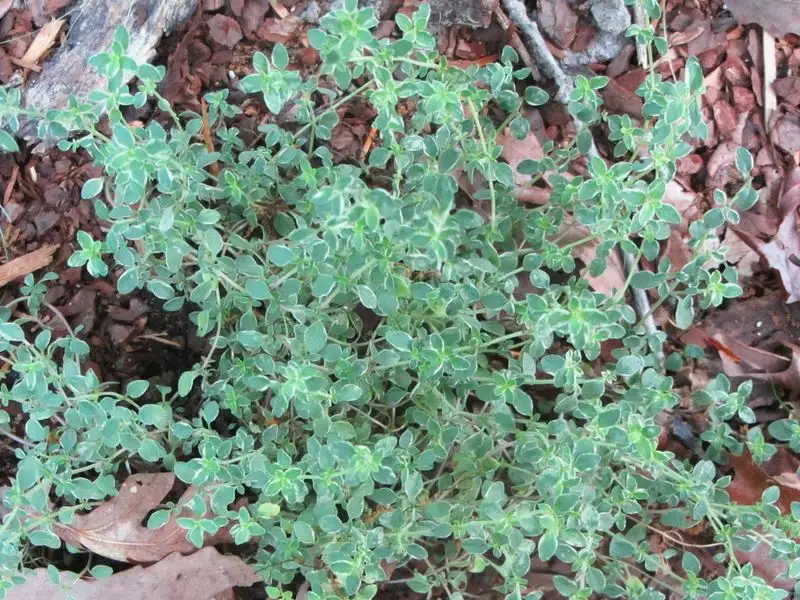
Thyme, with its fragrant aroma, was indispensable in colonial kitchens. Used for seasoning meats and stews, its medicinal properties were equally valued. Settlers cultivated thyme not only for culinary purposes but also for its ability to ward off pests and preserve food. Its hardy nature allowed it to thrive in various soil conditions. The presence of thyme in a garden symbolized a blend of practicality and flavor, making it a cherished plant in any colonial kitchen.
Cabbage
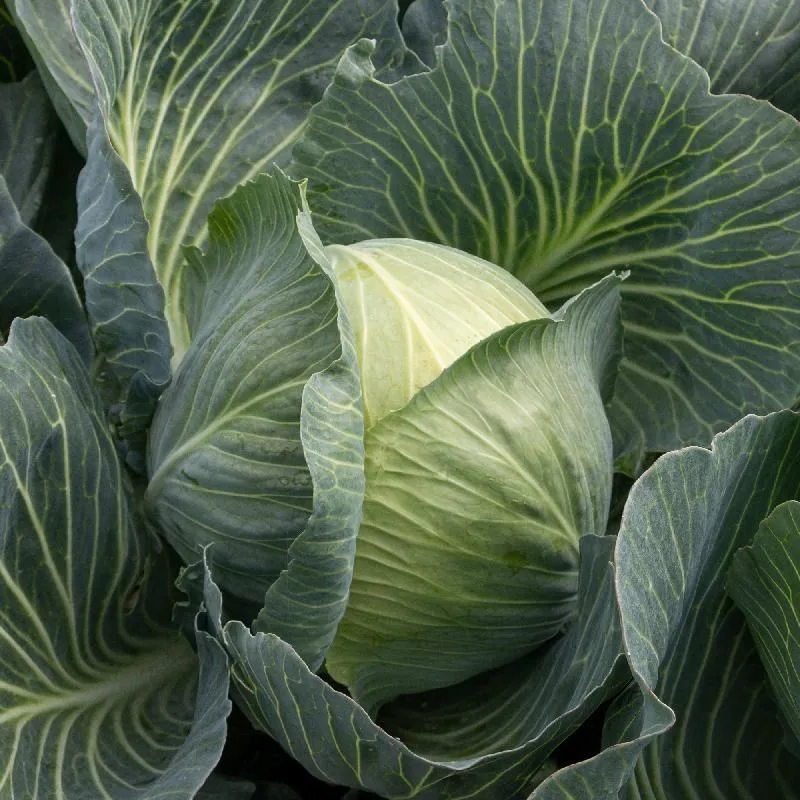
Cabbage, a hardy and reliable vegetable, played a vital role in colonial gardens. Its ability to withstand cold weather made it an essential crop for winter. Used in soups, stews, and fermented into sauerkraut, it provided nutrition when other crops failed. Cabbage’s robust nature and versatility in cooking were matched by its health benefits, offering vitamins and minerals. This vegetable was a staple that symbolized resilience and sustenance in the colonial kitchen.
Carrots
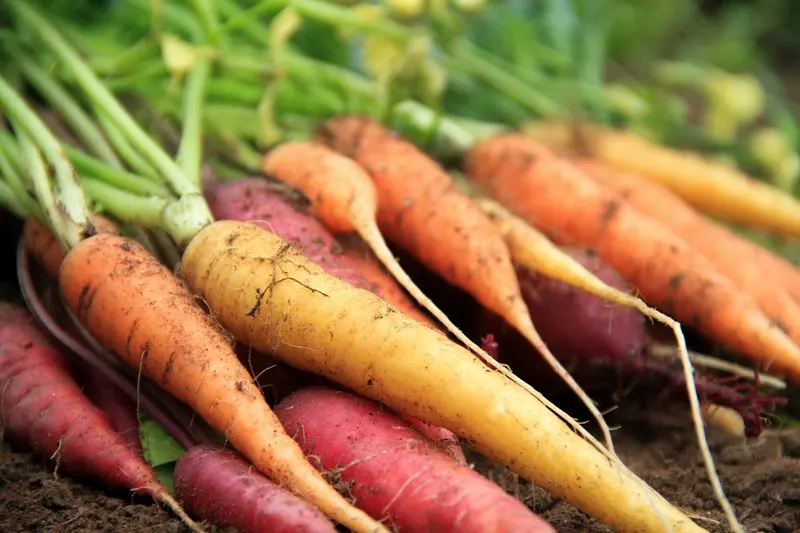
Carrots were beloved for their vibrant color and sweet taste, adding flavor and nutrition to colonial meals. These root vegetables adapted well to various soils, making them a reliable garden staple. Carrots were consumed raw for snacks or cooked in stews and soups, providing essential vitamins. Their storage capability meant they were available throughout harsh winters. A symbol of endurance and nourishment, carrots were a must-have in every colonial kitchen garden.
Parsley
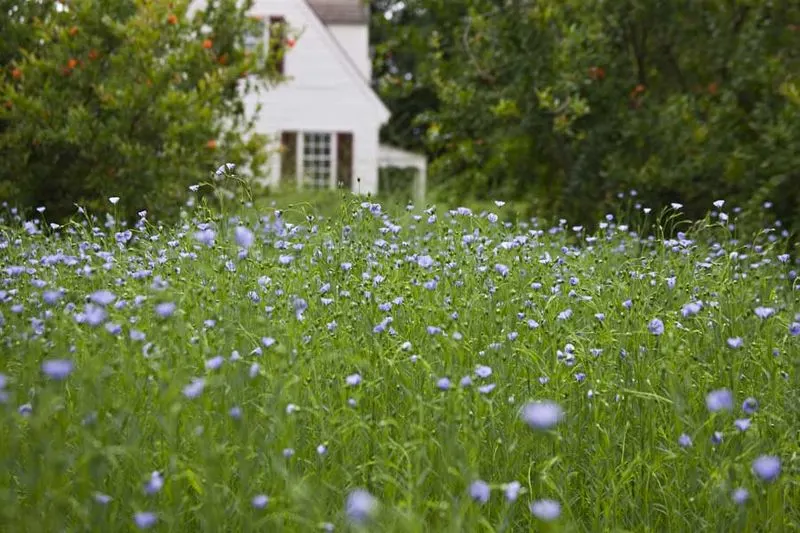
Parsley, often underestimated, was a kitchen essential for colonists, offering more than just garnish. Rich in vitamins, it was used to flavor soups and stews. Its role extended beyond the kitchen; parsley was believed to freshen breath and aid digestion. Easy to grow and maintain, it thrived in diverse conditions. Its presence in the colonial garden underscored the settlers’ appreciation for both culinary and medicinal plants, securing its spot as a timeless herb.
Turnips
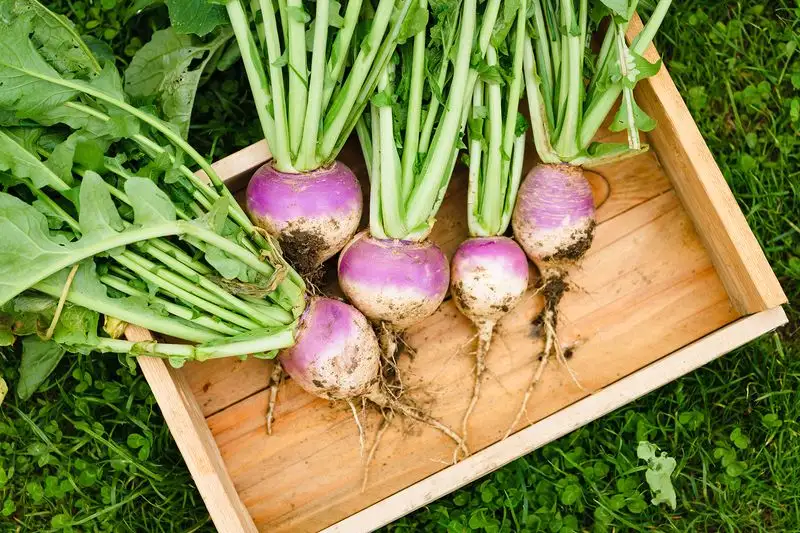
Turnips, with their subtle flavor and hearty texture, were a versatile addition to the colonial diet. They thrived in cooler climates, making them ideal for fall planting. Both roots and greens were consumed, offering dual benefits. Turnips were often roasted, boiled, or mashed, serving as a staple side dish. Their nutritional value and ease of cultivation ensured they remained a favorite among colonial settlers, symbolizing resourcefulness and sustenance.
Onions
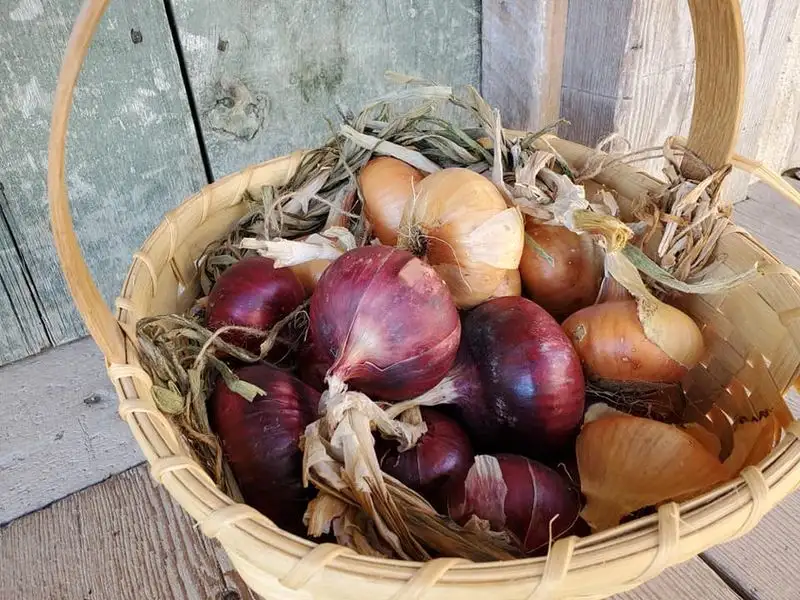
Onions, a kitchen staple, brought flavor and depth to colonial cooking. Valued for both culinary and medicinal properties, they were used in a variety of dishes. Onions thrived in different soils, making them an adaptable crop for settlers. Their ability to store well meant they were available year-round. This made onions an invaluable addition to the colonial garden, ensuring they remained a favorite for their taste and health benefits.
Beets
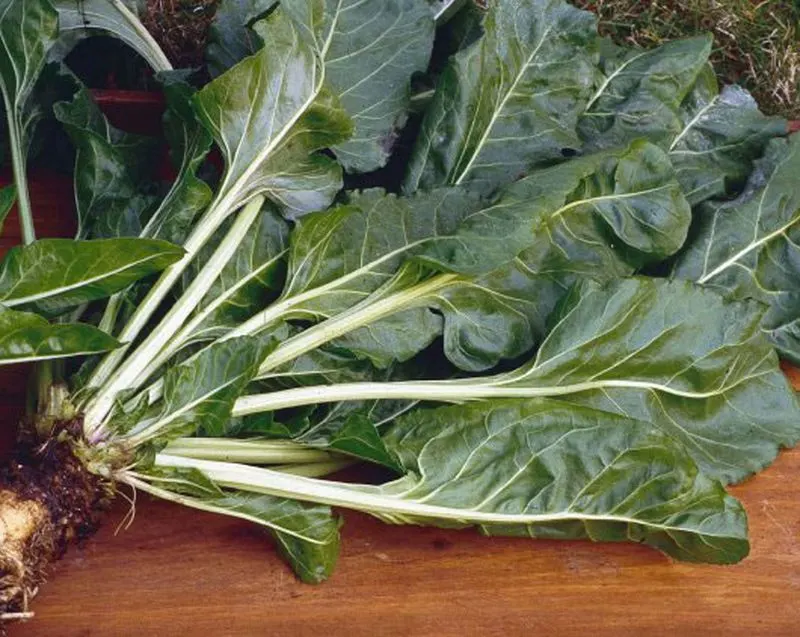
Beets offered vibrant color and earthy sweetness to the colonial table. These root vegetables were versatile, eaten both as roots and greens. Rich in nutrients, beets were used in salads, soups, and as natural dyes. Their ability to thrive in various conditions made them a reliable crop. Beets’ dual-purpose nature and health benefits made them a cherished addition to the colonial garden, reflecting the settlers’ resourcefulness and appreciation for diverse flavors.
Lettuce
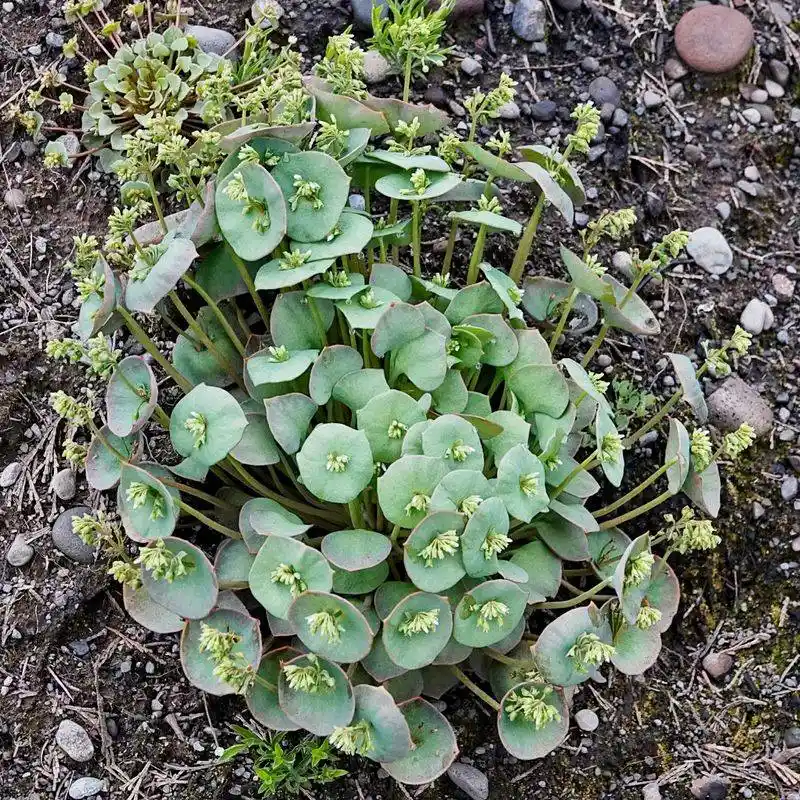
Lettuce brought freshness and variety to colonial meals, with its crisp leaves and mild flavor. This leafy green was easy to grow and provided a quick harvest, making it a garden favorite. Lettuce was commonly used in salads and sandwiches, adding texture and nutrition. Its versatility and ease of cultivation ensured it remained a staple in the colonial kitchen garden, symbolizing simplicity and nourishment.
Radishes
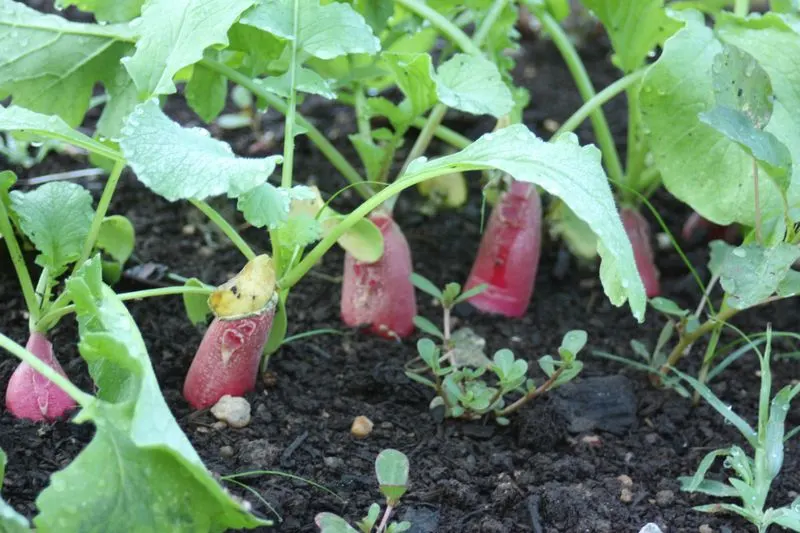
Radishes were a peppery delight, adding zest to colonial diets. Quick to mature, they provided an early harvest, making them a rewarding crop for settlers. Radishes were eaten raw in salads or as a crunchy snack. Their vibrant color and spicy flavor offered contrast to other mild vegetables. This root’s fast growth and unique taste made it a beloved addition to colonial gardens, embodying the settlers’ desire for diverse flavors and quick results.
Parsnips

Parsnips brought a sweet, nutty flavor to colonial dishes, often used in soups and stews. These root vegetables thrived in cool climates and improved in flavor with frost. Parsnips were versatile, boiled, roasted, or mashed, providing variety to meals. Their long storage life ensured they were available through winter, making them a reliable staple. This root’s adaptability and rich taste made parsnips a valued component of the colonial garden.
Garlic
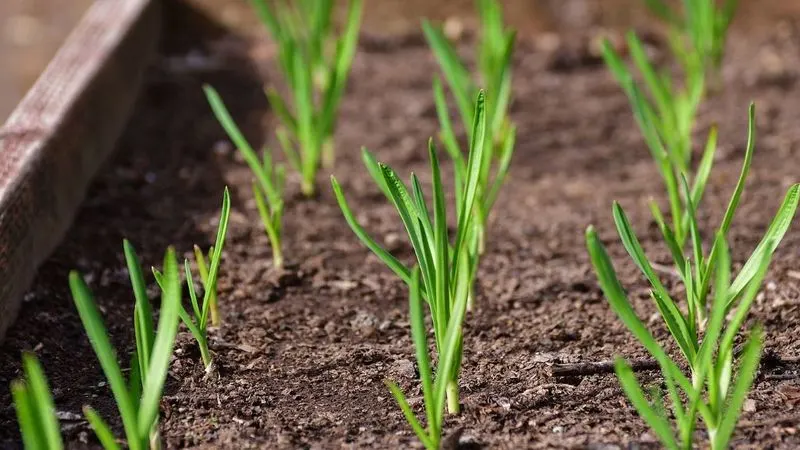
Garlic, known for its aromatic cloves, was a colonial kitchen essential. Its strong flavor enhanced meats, stews, and sauces, while also offering medicinal benefits. Garlic was easy to grow, requiring minimal care, and stored well, providing year-round availability. Its pungent aroma and health properties made it an indispensable part of the colonial garden, celebrated for both its culinary impact and medicinal use.
Potatoes
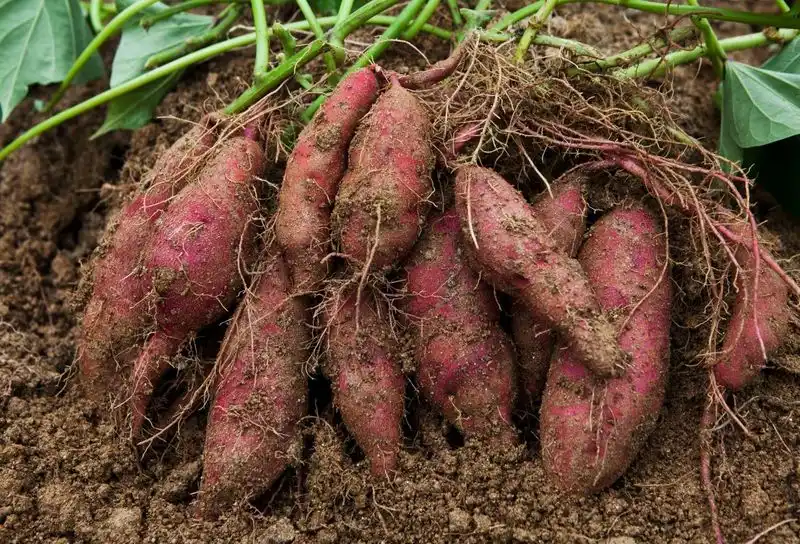
Potatoes changed the colonial diet, offering sustenance and versatility. Their adaptability to different climates made them a reliable crop. Potatoes were baked, boiled, or mashed, providing comfort in various dishes. Their high caloric value and ease of storage made them essential for survival. This humble tuber transformed colonial gardens, symbolizing resilience and adaptability, and remains a cornerstone in modern agriculture.

